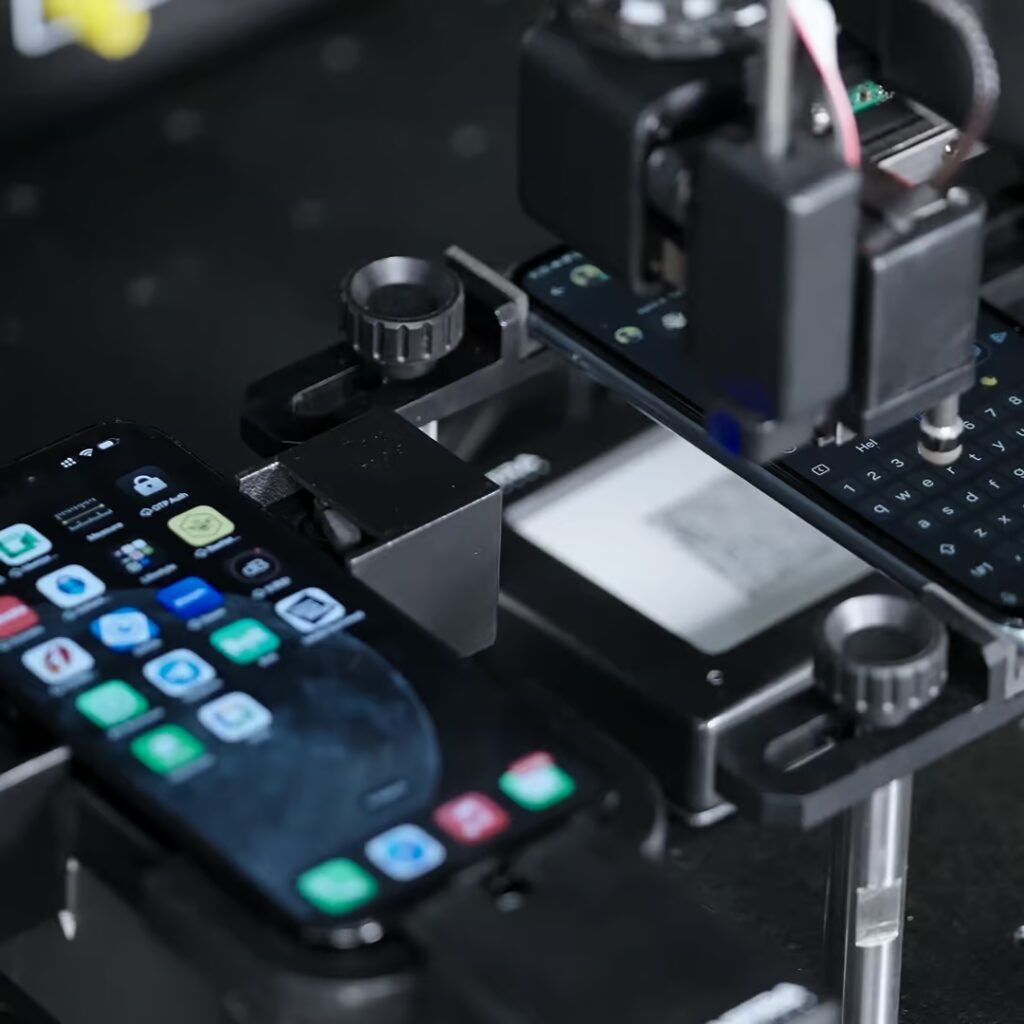Table of Contents
User experience (UX) testing ensures software and hardware operate seamlessly, delivering smooth, responsive, and accessible interactions.
However, traditional UX testing methods rely heavily on manual scripting—an approach that is time-consuming, prone to errors, and inefficient in covering all edge cases.
According to the Stack Overflow Developer Survey of 2024, nearly 27.2% of developers worldwide use AI tools to test code. With this increasing acceptance, AI is transforming the automation of user experience testing by improving efficiency.
With the help of AI, businesses can accelerate testing cycles, increase accuracy, and optimize workflows—all while minimizing resource-intensive manual processes.
What Is User Experience Testing?
User experience testing assesses the usability of hardware and software, detecting performance faults, accessibility flaws, and usability problems. Applications need to be responsive, easy to use, and error-free in a variety of settings.
To improve product reliability, sectors including banking, consumer electronics, and automotive systems depend on extensive user experience testing. In certain sectors, even little flaws can undermine consumer confidence and interfere with operations.
User experience testing is accelerated by AI-driven automation, which lessens the need for human labor. To guarantee smooth interactions between hardware and software systems, it creates accurate test cases, finds errors, and optimizes processes.
How AI Enhances User Experience Testing


AI-driven automation transforms user experience testing by reducing manual effort and increasing efficiency. Traditional test scripting is slow and prone to errors, but AI simplifies the process.
- AI-Powered Test Script Generation: Lessens the need for manual scripting by converting natural language input into automated test cases.
- Automated Test Case Conversion: Automated test case conversion speeds up execution and enhances consistency by converting current manual test cases into automated scripts.
- Extensive Test Coverage: Finds weaknesses and guarantees complete validation across all contexts, apps, and devices.
- Cross-Industry Support: It guarantees top performance across domains, which makes it perfect for enterprise applications, consumer electronics, automotive systems, and fintech.
Introducing Quaco Studio: AI-Powered Testing for Maximum Efficiency
Quaco Studio is an advanced AI-driven platform designed to streamline user experience testing across software and hardware environments. It automates test script generation, optimizes execution, and enhances test coverage with minimal human intervention.
Here are the key features of Quaco Studio:
- AI-Powered Test Script Generation: Converts natural language input into automated test cases, reducing reliance on manual scripting.
- Automated Test Case Conversion: Transforms existing manual test cases into automated scripts, accelerating execution and improving consistency.
- Comprehensive Test Coverage: Identifies gaps and ensures thorough validation across different devices, applications, and environments.
- Cross-Industry Support: It ensures optimal performance across domains, making it ideal for fintech, consumer electronics, automotive systems, and enterprise applications.
Why Choose Quaco Studio?

Quaco Studio reduces testing time and costs while enhancing product quality by automating repetitive tasks. Its AI-powered user experience testing keeps constant test execution, lowers human intervention, and maximizes processes.
Intelligent automation helps companies achieve greater test coverage, efficiency, and accuracy.
Quaco Studio’s adaptive learning features consistently improve test cases, ensuring high hardware and software quality. This component of modern testing methodologies results in a better user experience, fewer flaws, and a simplified development process.
For large-scale physical interaction testing, Quaco Pro D—an industrial-grade, high-precision robotic system—delivers robust automation tailored for complex real-world scenarios.
Key Benefits of AI-Driven User Experience Testing

According to IBM, AI-based testing can reduce software defects by up to 30%, leading to higher product quality and reliability.
In essence, AI-driven user experience testing enhances speed, accuracy, and coverage, making testing more efficient across software and hardware systems. It eliminates bottlenecks by automating complex processes, ensuring consistent results while minimizing human intervention.
Here are some of its key benefits:
- Faster Test Execution: AI reduces the need for manual scripting and speeds up test cycles by creating automated test scripts from natural input.
- Increased Accuracy: By removing unnecessary examples and accurately detecting usability issues, AI maximizes test selection.
- Cost Savings: By automating tedious operations, AI reduces testing costs and frees up teams to concentrate on strategic analysis.
- Scalability: AI is perfect for the consumer electronics, automotive, and finance sectors since it can adjust to changing testing requirements.
To Wrap Up
AI is transforming user experience testing by increasing its speed, accuracy, and affordability. Businesses may reduce human inefficiencies, speed up testing cycles, and enhance product quality by automating the creation and execution of test cases.
SGBI’s Quaco Robotic platform automates test script generation for seamless software and hardware testing, while Quaco Pro D delivers high-precision robotic automation for large-scale physical interaction testing. Together, they cut costs, boost accuracy, and accelerate product releases.
Ready to transform your testing process? Contact SGBI to integrate AI-powered solutions and streamline your development lifecycle!




